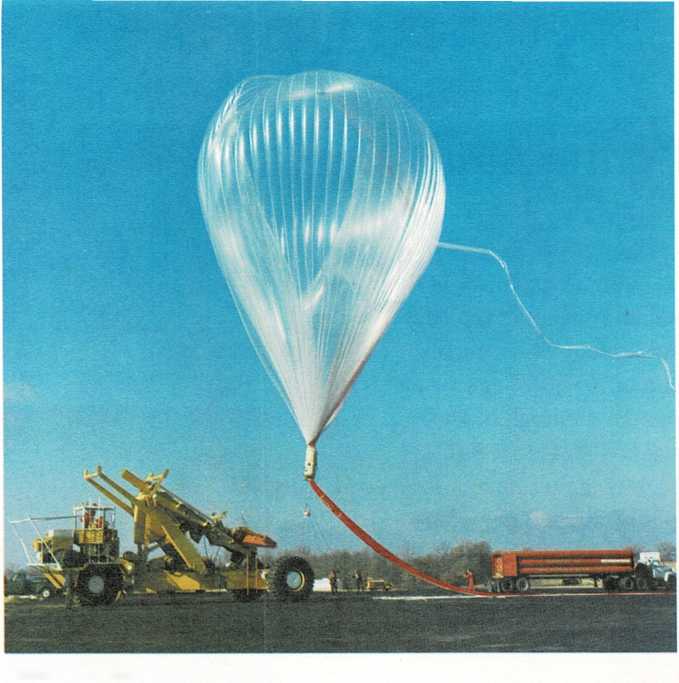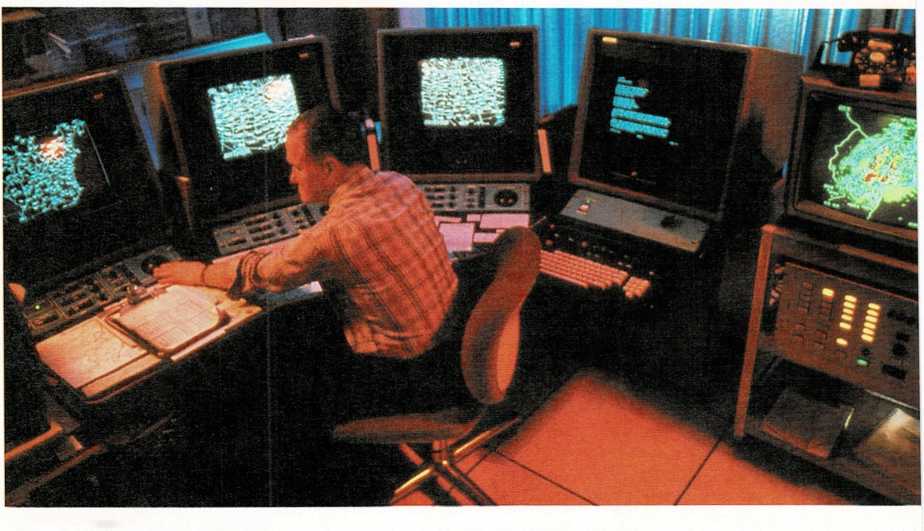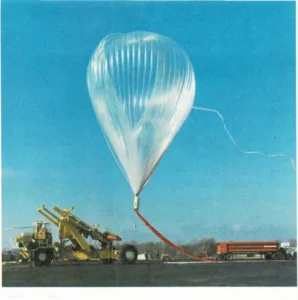Watching the weather
Everyone is a weather watcher. But no one knows for sure what the
weather will be like tomorrow or next week— not even meteorologists.
Meteorologists are scientists who study the weather and try to forecast
it. Sometimes their forecasts are wrong because weather conditions can
change quickly.
In a way, meteorologists are like detectives. They look for all kinds of
clues to help them discover what kind of weather is coming. They check
the wind for speed and direction. They keep records of temperature, air
pressure, and the amount of water in the air. They follow the progress
of storms. With radar, they can find approaching storms as far away as
two hundred miles (320 kilometers).
Meteorologists also have “weather spies” in the sky. One such spy is a
large, gas-filled balloon. The balloon carries instruments high into the
sky. Wind speed, temperature, and other weather conditions are
automatically radioed to the weather stations below.
The highest sky spies are weather satellites. These satellites circle
the earth and photograph cloud cover and any gathering storms. The
pictures are then radioed to earth.
Meteorologists gather weather reports from all over the world. Using
this information, they draw weather maps. With the help of computers,
forecasts are made and sent to weather stations and then on to you.
Will it rain tonight? Will the sun shine tomorrow? Meteorologists try to
let you know ahead of time.

measuring weather
This gas-filled balloon carries instruments to measure the weather.

studying weather
A meteorologist uses a bank of computers to study weather information.

